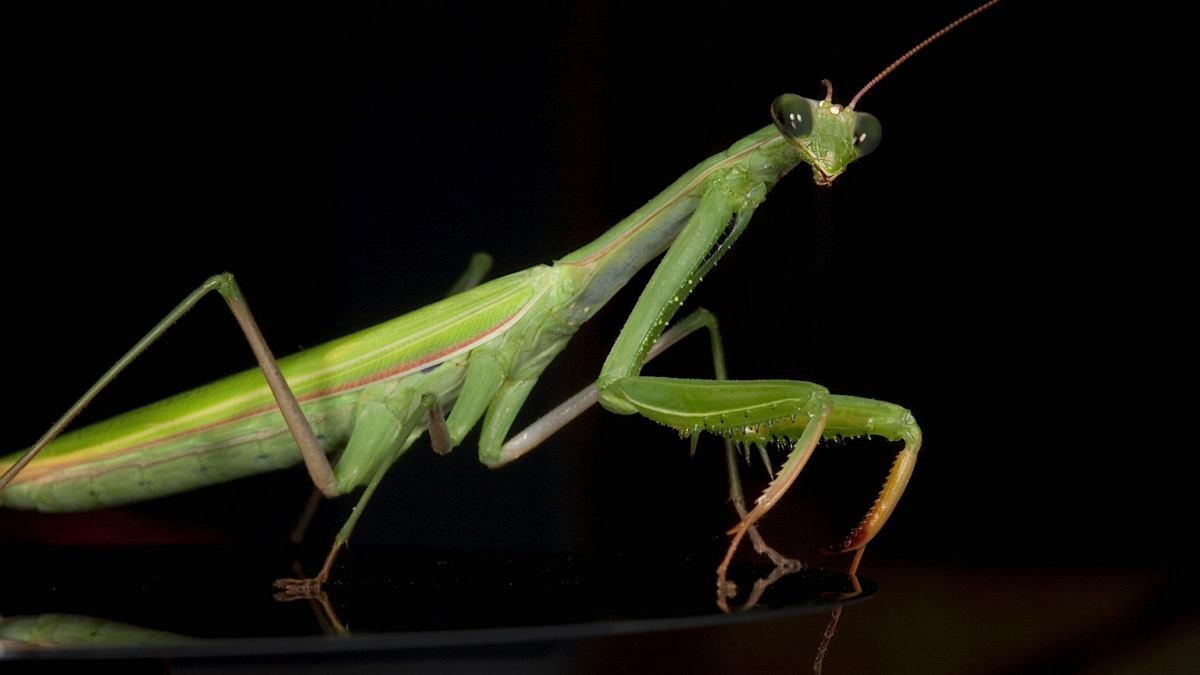
In The Garden — July 2014
"But man is a part of nature, and his war against nature is inevitably a war against himself." Rachel Carson
In "Silent Spring," a book declared by Discover Magazine as one of the greatest science books of all time, Rachel Carson greatly increased our awareness of the risks of synthetic pesticides and fertilizers (often referred to as "chemicals"). We've made great strides since the book was published more than 50 years ago, yet suburban lawns and gardens on average are still treated with significantly more chemicals than agricultural land.
This rather casual use, and many would say overuse, of chemicals has a long list of known side effects and unintended consequences. There are few if any chemicals that don't have at least some risk of negative impacts on the health of non-target organisms, both humans and the wider ecosystem we rely on.
The risks can be greatly reduced or even eliminated in our home landscape. So if you'd rather avoid applications that require warning flags, following are some strategies to make your landscape and community a safer place for all creatures, yourself included.
Maybe the most important strategy is to change a few of our approaches. When dealing with insects, instead of instantly reaching for the spray, start by asking if it is even a pest. Fewer than 3 percent of insects are actual pests – the rest are either beneficial insects or innocent bystanders that cause no harm.
If it is a pest, then ask if their numbers are sufficient to warrant treatment. A single grub here and there in your lawn is not a problem. Most healthy plants, especially natives, can withstand insect feeding with no lasting damage. The same goes for many diseases, such as leaf spot.
A similar approach can be taken with weeds. The definition of a weed is a plant growing where it isn't wanted. If you decided you like clover in your lawn and violets in your shrub bed, problem solved. On the other hand, if you determine you do have weeds, ask if their numbers are high enough to be a problem. A little tolerance goes a long way.
Planting wisely helps tremendously too. A native or well-adapted plant grown in a location that gives it proper light, moisture and nutrients will be vigorous and easily able to withstand most insect attacks and out-compete most weeds. If a plant has repeated or ongoing problems, it's probably a sign that plant isn't right for the situation, and removal may be the best course of action.
Taking preventative measures also make a big difference in avoiding problems. Mulching to reduce weeds and increase plant health, rotating garden crops to avoid buildup of insect populations and using row covers or netting to protect vulnerable fruits and veggies are a few examples.
Probably the best preventative measure to take is to support a biodiverse landscape. Nature has a remarkably complex system that works to keep pests in check. Predators (birds, bats, ladybugs, praying mantises, spiders), parasitoids (wasps and flies that lay their eggs on pests) and microscopic pathogens (the bacteria that causes Milky Spore disease) are just a few examples of beneficial creatures working for you in a healthy environment.
If treatment is determined necessary, the lowest risk options should come first. Pulling or hoeing weeds and hand removal or sticky traps for insects are sometimes sufficient measures. The next level to consider would be non-synthetic pesticides, made from compounds derived from plants, animals, microorganisms or minerals.
There are also many low risk options with fertilizers. Compost, various meals (alfalfa, soy, fish, bone) and manures are all effective and organic, and some are local. They often contribute micro-nutrients lacking in chemical fertilizers, plus they have positive effects on soil health.
Only when all other options for pest control are exhausted should chemical treatment be considered. If this path is chosen, specific steps can reduce the risks. First, identify the target pest and the most effective methods of chemical control. Second, chose the least toxic option. And third, make an appropriate application. This means following all safety procedures, using correct rates, proper timing (minimal wind, when pest is at vulnerable stage) and limiting contact with non-target organisms.
Nebraska Statewide Arboretum
402-472-6693
kweyers2@unl.edu
Dan Moser
IANR News Service
402-472-3030
dmoser3@unl.edu
Click here for larger photo